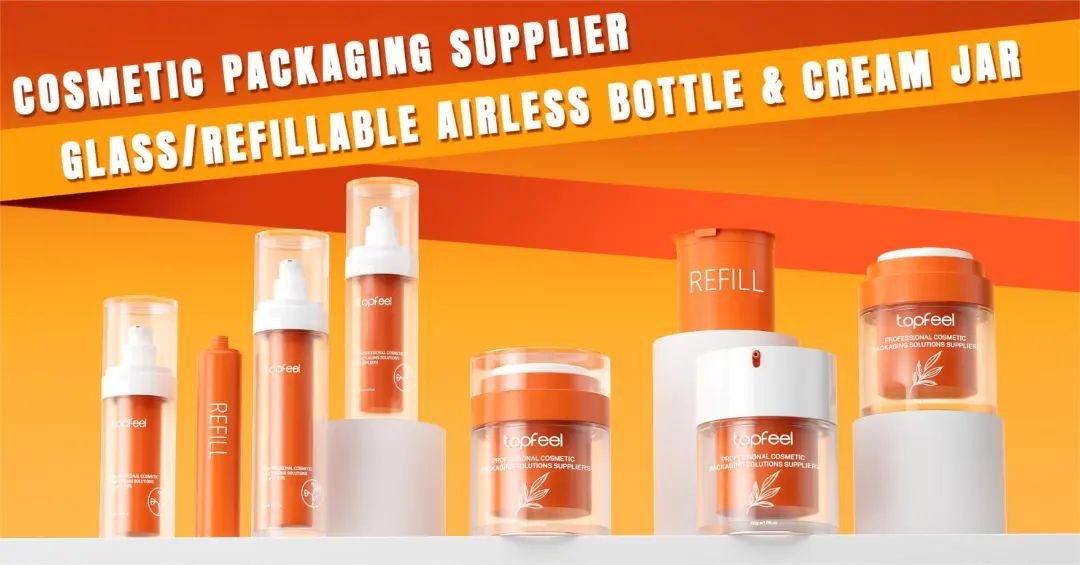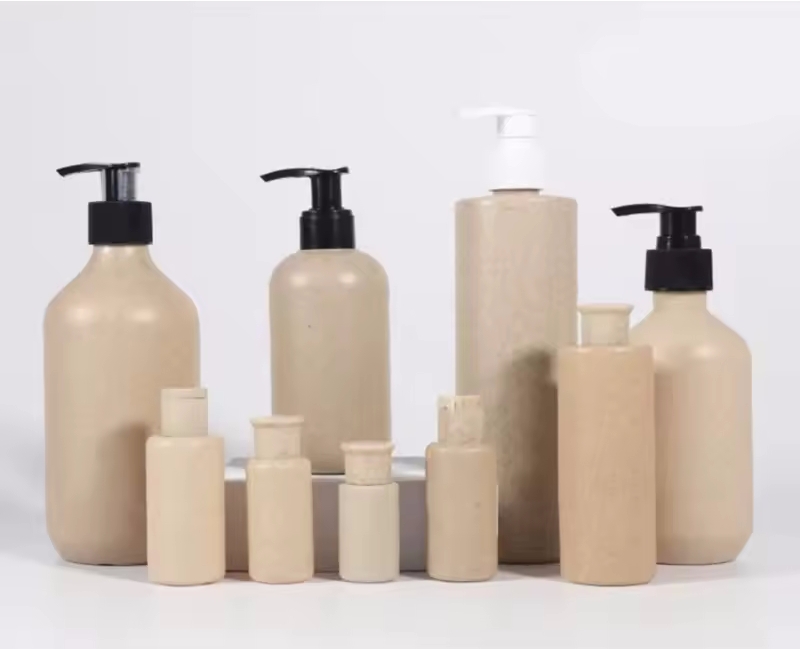

Green and Eco-friendly Materials: The Future Direction of Cosmetic ?
Cosmetic packaging, as the most direct external representation of a product, is not only a container that protects the product but also a bridge for communication between the brand and consumers, conveying the brand's unique value and philosophy. With the ever-growing prosperity of the cosmetics market and the diversification of consumer demands, choosing the right packaging materials has become a crucial issue for brands to address.

01 Types of Cosmetic Packaging Materials
Cosmetic packaging materials are diverse, including traditional materials such as plastic, , metal, and paper, as well as new materials. Each material has its unique characteristics and application scenarios.
Traditional Packaging Materials
Plastic: Lightweight, cost-effective, easy to process and mold, widely used in cosmetic packaging. However, the environmental issues of plastic are also a major concern, and reducing plastic pollution has become a pressing issue for the industry.
Glass: High transparency, good texture, giving a sense of luxury and elegance, especially suitable for high-end cosmetics. However, glass is heavy and fragile, leading to high transportation and storage costs.
Metal: Sturdy, durable, moisture-proof, and anti-oxidation, suitable for long-term preservation of cosmetics. However, metal packaging is costly and not suitable for products requiring transparency.
Paper: Eco-friendly, recyclable, easy to print and process, and highly malleable. However, paper packaging has relatively poor water resistance and sealing properties.

New Packaging Materials
Bio-based Plastics: Derived from natural biological sources and processed through specific techniques, such as PLA and PHA made from corn or sugarcane, these plastics are biodegradable. The use of bio-based plastics reduces dependence on fossil fuels and helps lower the carbon footprint.
Degradable Materials: Maintain performance during the shelf life and degrade into environmentally harmless substances after use. Many brands have started using degradable materials like PHA and PLA, promoting the development of eco-friendly packaging. For instance, PHA materials can fully biodegrade, becoming a new choice for cosmetic packaging.

02 Factors in Choosing Packaging Materials
Product Characteristics
Cosmetics, due to their unique properties, have specific requirements for packaging materials. For example, s and s need waterproof packaging to maintain their texture, often using PP, PE plastics, or aluminum packaging. Light-sensitive products like vitamin C s prefer dark glass bottles or opaque plastic bottles to block light and extend shelf life. Additionally, high-concentration serums and anti-aging products need high-sealing packaging like vacuum pump bottles or sealed aluminum cans to maintain activity.
Market Positioning
The market positioning of a brand directly influences the choice of packaging materials. High-end brands like Chanel often use premium materials such as glass and metal to reflect their luxurious and professional image. Mass-market brands like Nivea and L'Oréal tend to use cost-effective plastic and paper materials to cater to a broad market demand and maintain price competitiveness.

Environmental Regulations
With the rise in environmental awareness, countries are imposing stricter environmental requirements on packaging materials. Regulations such as the EU's Single-Use Plastics Directive and California's Plastic Pollution Prevention Law push cosmetic brands to shift towards using renewable and degradable materials. Brands like L'Oréal and Dove have actively responded by introducing packaging made from recycled plastics to comply with environmental regulations.
Cost Control
Cost control is crucial in the selection of cosmetic packaging materials. Plastic materials like PP and PE, due to their lower production costs, are widely used in mass-market cosmetic packaging, while premium materials like glass, due to their higher production and transportation costs, are mostly used in high-end products. Brands need to ensure the functionality of packaging while reasonably controlling costs to maximize economic benefits.
03 Green and Eco-friendly Materials—A Key Development Focus?
Green and eco-friendly materials will become a key development focus in cosmetic packaging. The industry acknowledges the packaging problem, with plastic being omnipresent in cosmetic packaging, from thin film wrap for eyeshadow to plastic bottles and pump heads for lotions and shampoos, all receiving increasing scrutiny due to their negative environmental impact.
The design and aesthetics of packaging must reflect the product's reputation. Today's consumers, especially young ones new to cosmetics, care about the environment as much as their skin. Although the trend of sustainability has been around for decades, its voice is growing louder. The beauty industry is recognizing the importance of addressing sustainability issues in packaging and the entire value chain. Companies like Estée Lauder have developed sustainability strategies, pledging to increase the amount of post-consumer recycled (PCR) materials in their packaging by up to 50% by 2025. Packaging will always be the first point of contact for consumers, providing brands with a significant opportunity—sustainability will become a powerful sales tool for brands in the future.






